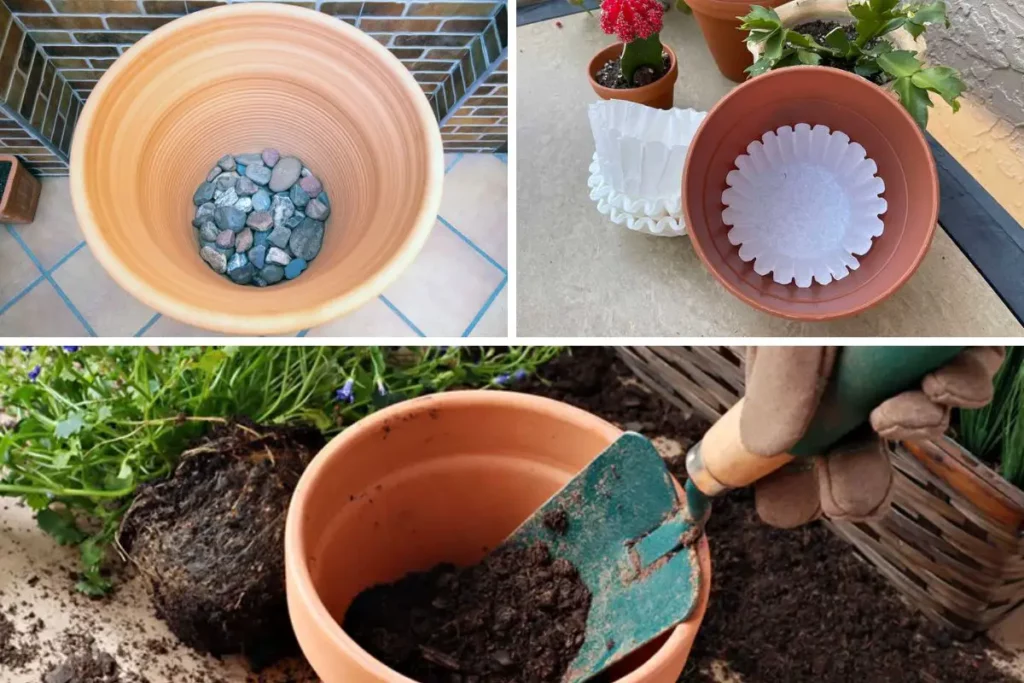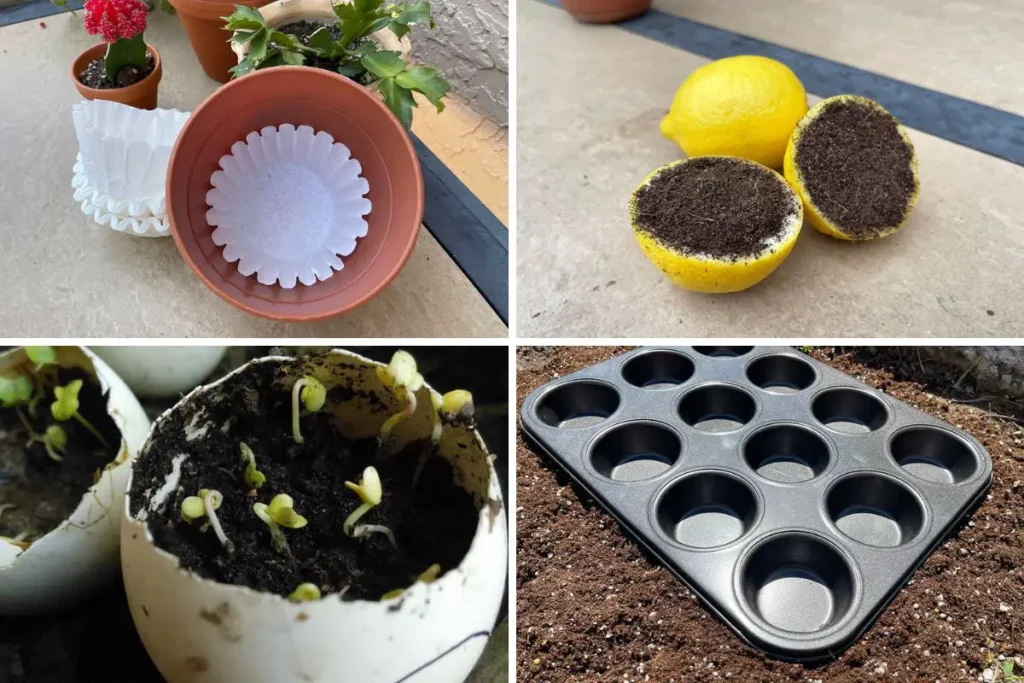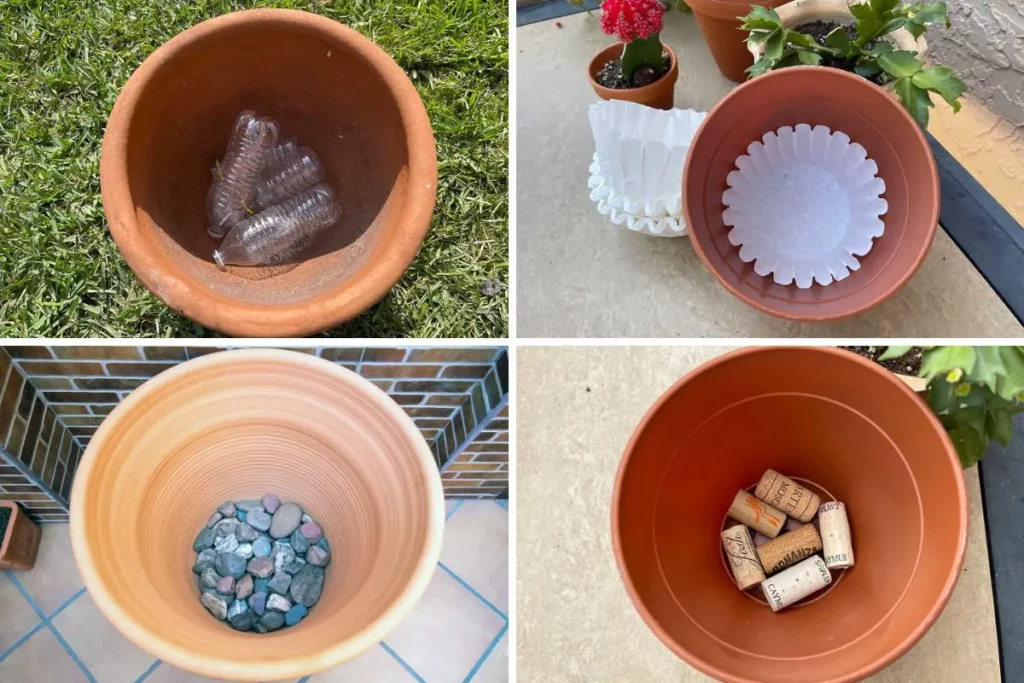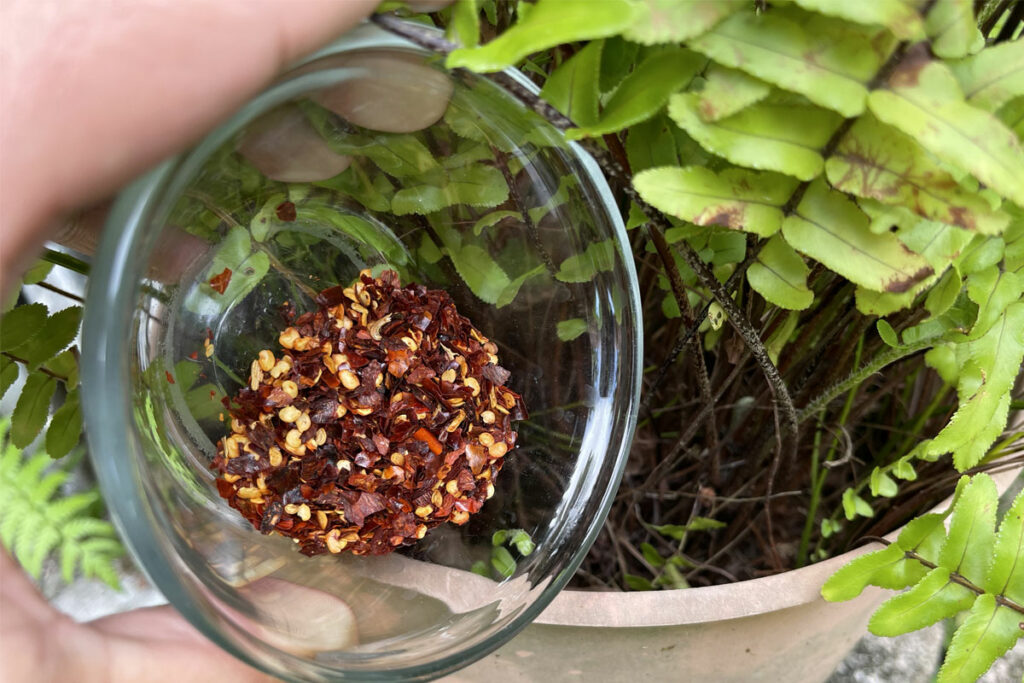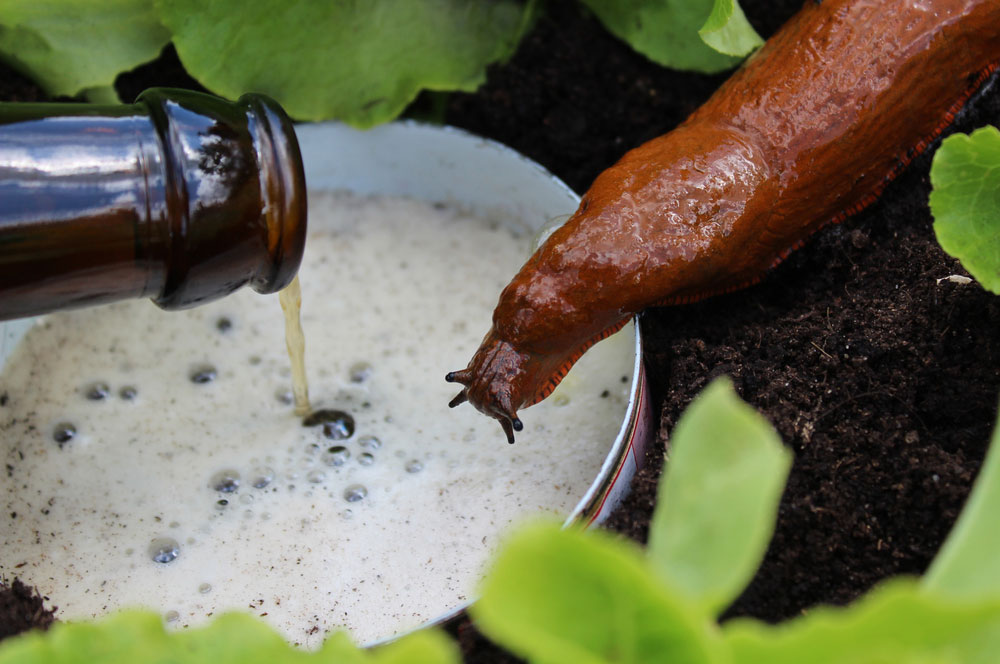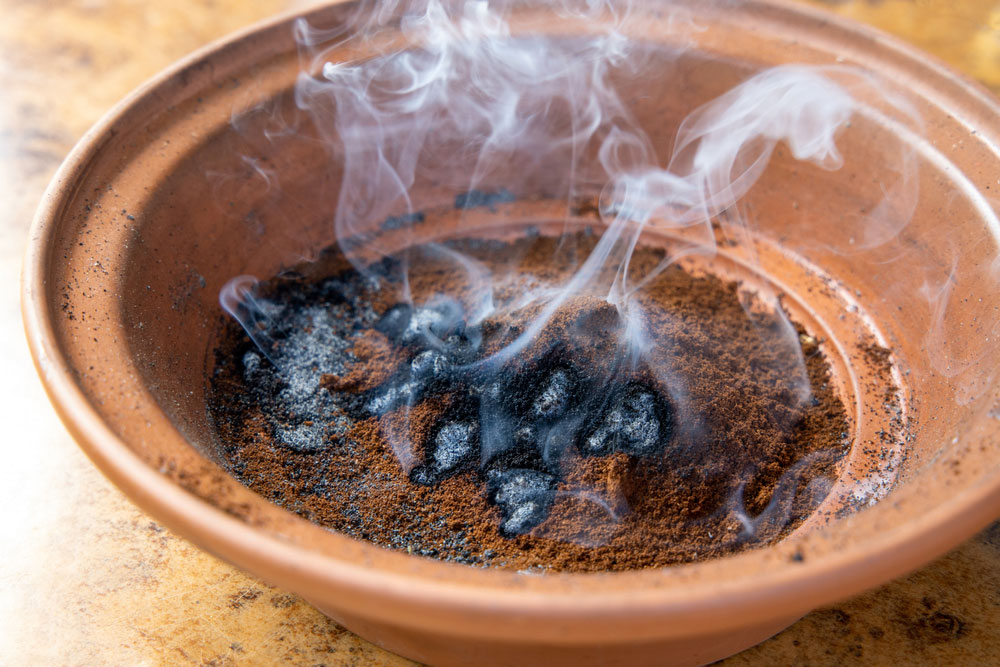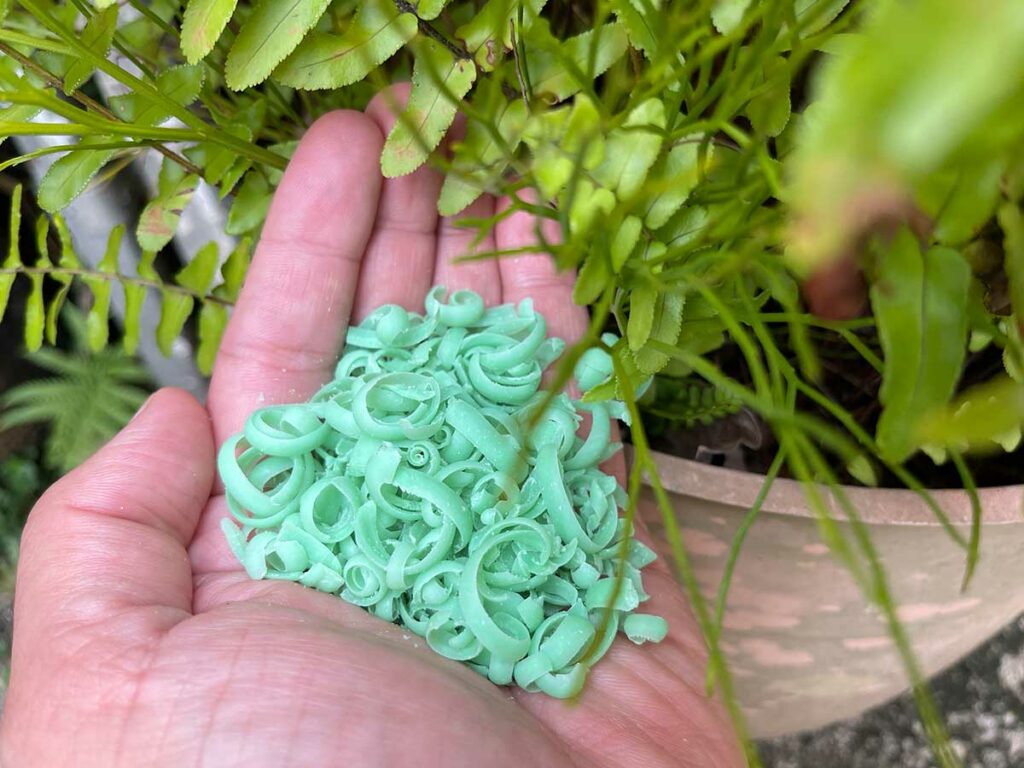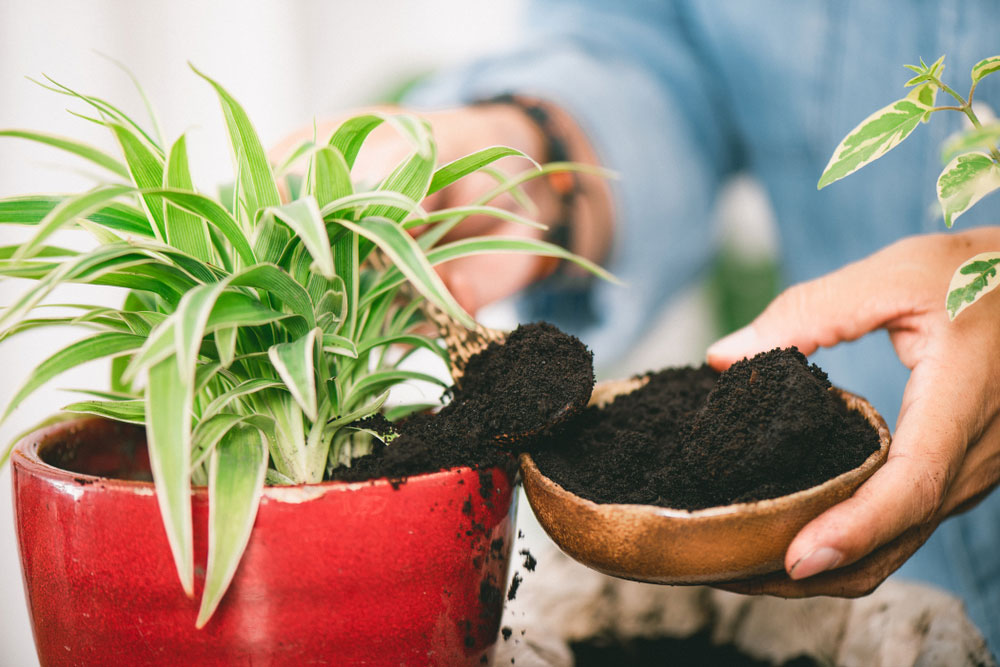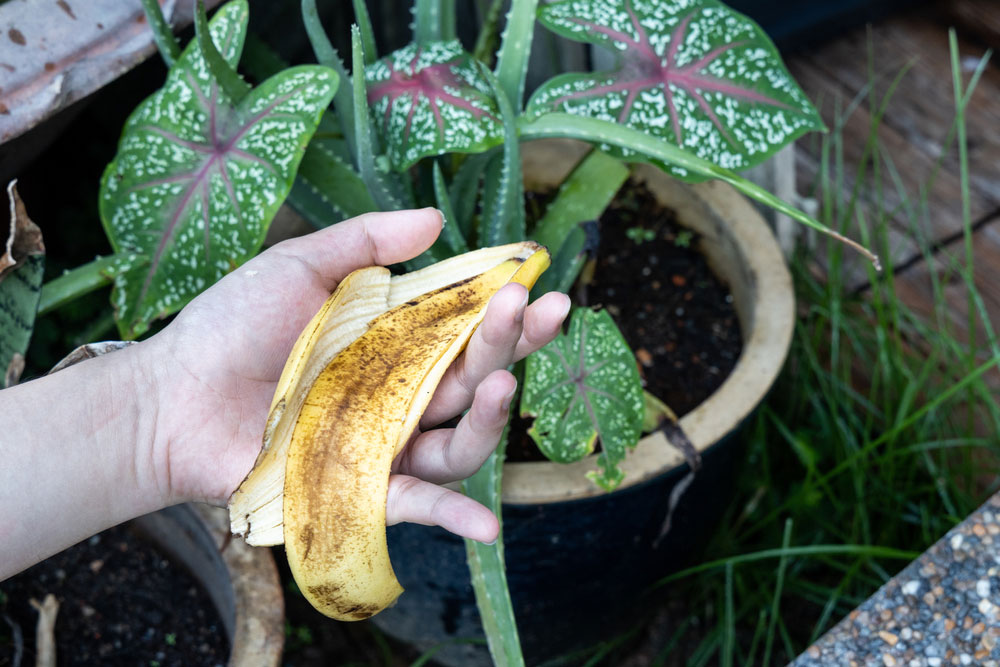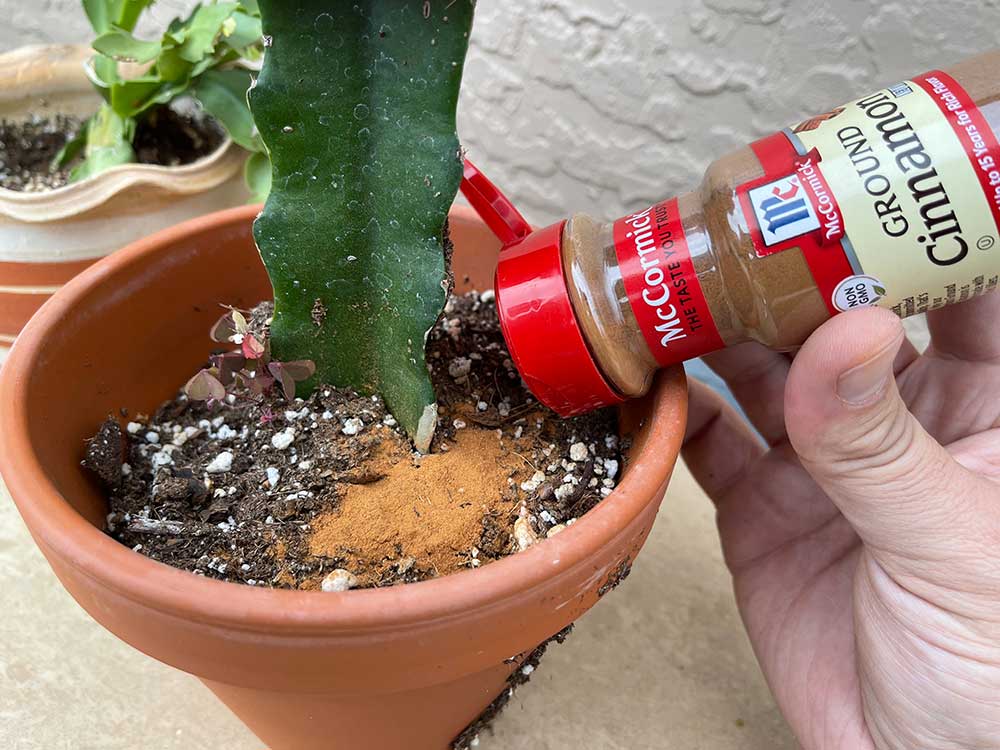
Imagine strolling through your garden, admiring the lush greenery and vibrant blooms, but instead of reaching for a bottle of chemical-laden pesticide or rooting hormone, you grab a jar of cinnamon from your kitchen. Yes, that’s right—cinnamon! Not only does this beloved spice add a warm, sweet flavor to our favorite dishes, but it also offers an array of benefits for garden enthusiasts. It’s a safe, natural alternative that’s both effective and easy on the wallet.
Cinnamon has proven itself to be a versatile ally in the garden. From helping root cuttings take hold to protecting tender seedlings from fungal diseases, this spice is a powerhouse. And let’s not forget its role in keeping pesky insects at bay.
Who knew that the same ingredient that spices up your cookies and cakes could also safeguard your garden?
So, if you’re curious about how to harness the power of cinnamon for plant health, you’re in for a treat.
Let’s dive into the ways this common kitchen spice can transform your gardening approach, making it more natural and just as effective.
Uses of Cinnamon in the Garden
As a Natural Pesticide
Cinnamon has proven to be an invaluable ally in my ongoing battle against garden pests. Its strong scent acts as a powerful deterrent, effectively repelling ants, aphids, and many other pests that might otherwise feast on my plants. Sprinkling cinnamon powder around the base of plants creates a natural barrier that prevents these pests from infiltrating. I’ve found this method particularly effective in protecting my vegetable patch from unwanted visitors. Additionally, mixing cinnamon with water to create a spray solution enhances its repellent capabilities, offering broader coverage and ease of application.
For Disease Prevention
I’ve also used cinnamon as a proactive measure to ward off various plant diseases. Its antifungal properties are excellent for preventing the onset of daunting diseases such as mildews and rusts which often plague my garden. By stirring a teaspoon of cinnamon into a liter of water and applying it as a foliar spray, I help shield my plants from harmful pathogens. This simple concoction works wonders in maintaining the health of my fruit trees, keeping them free from leaf spot and other common afflictions. It’s a safe, natural alternative to chemical fungicides, keeping my garden organic and my plants thriving.
As a Growth Enhancer
Not only does cinnamon repel pests and prevent disease, but it also enhances plant growth. When I work with new cuttings, dipping the cut ends in cinnamon before planting stimulates their root growth. The antifungal nature of cinnamon also protects these young cuttings from potential pathogens in the soil, accelerating their development.
For seeds, dusting them with cinnamon or using a cinnamon water mixture during the initial planting keeps the soil free from harmful fungi that can cause diseases like damping off. These methods ensure healthy, robust plant growth and have made a noticeable difference in my garden’s overall productivity.
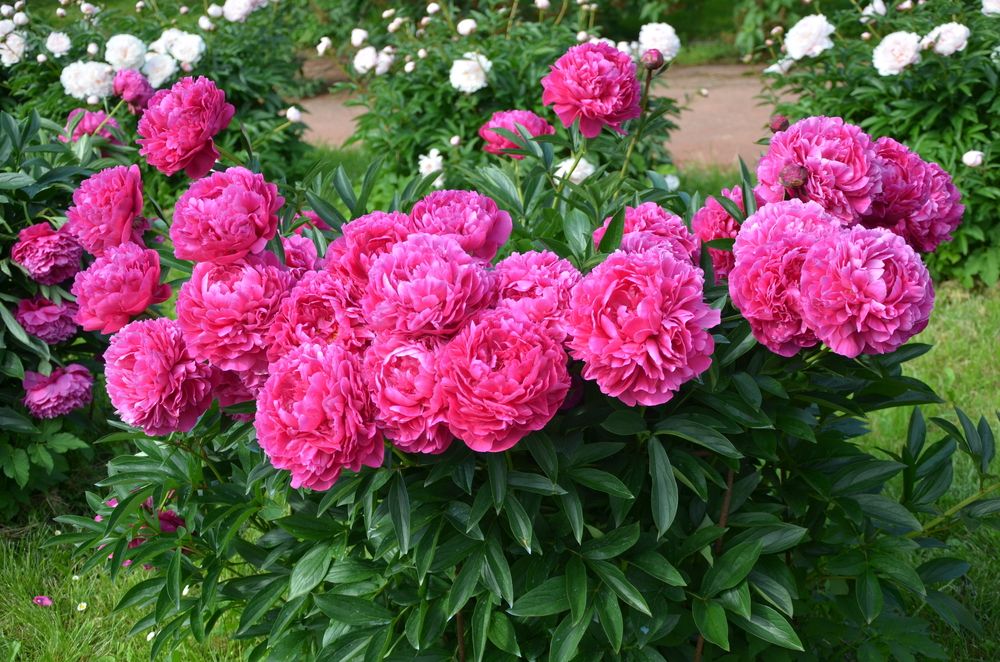
Benefits of Cinnamon for Plant Care
Rooting Agent for New Plantings
Using cinnamon as a rooting agent for new plantings significantly enhances the success rate of propagation. I’ve discovered that simply applying a bit of cinnamon powder on the end of plant cuttings before placing them into the soil promotes healthy root growth. This all-natural approach works wonders, essentially mimicking the effects of synthetic rooting hormones. It’s not only a safer alternative but also cost-effective. The presence of cinnamon enriches the soil around the new planting, helping to prevent fungal growth, which is a common threat to young plants.
Healing Plant Wounds
Whenever I accidentally nick a plant during pruning, I turn to cinnamon for its natural healing properties. By sprinkling cinnamon powder directly onto the wounds of plants, it aids in quick recovery and prevents the wound from becoming infected with pathogens. This application is particularly valuable in guarding against fungal infections, which can spread rapidly and decimate an entire garden if left unchecked. Cinnamon’s antifungal properties create a protective barrier for the plants, fostering a safe environment for recovery and growth.
Repelling Various Pests
I’ve frequently found that cinnamon is an impressive deterrent for various garden pests. This includes insects and even larger nuisances like rodents. Sprinkling cinnamon around the garden forms an effective repellent that helps to keep ants, aphids, and even mice at bay. For example, a simple line of cinnamon powder across entry points effectively prevents ants from entering. This method is purely natural, avoiding the harsh chemicals found in common pesticides, making it ideal for those who prefer an organic gardening approach.
Applying Cinnamon in Your Garden
Direct Application Methods
Using cinnamon directly in the garden is not just easy, but it’s also highly effective for various gardening challenges. I’ve found that sprinkling ground cinnamon around certain areas can work wonders.
For instance, spreading it over the soil surface prevents the growth of unwanted mushrooms. Mushrooms are fungi that tend to sprout unexpectedly in moist garden mulch. A light dusting of cinnamon over this mulch inhibits their growth without harming the health of your plants.
Moreover, if you’re faced with pests like ants, a strategic placement of cinnamon is crucial. By creating a barrier with cinnamon around plant bases or across ant paths, I effectively discourage these pests from approaching my precious plants.
Interestingly, ants detest crossing over cinnamon lines due to its potent smell, providing an excellent pest control method without any toxins.
Creating Cinnamon-Based Sprays
To extend the protective effects of cinnamon, creating a cinnamon-based spray is a fantastic strategy. I often mix a teaspoon of cinnamon powder with two cups of water and pour the mixture into a spray bottle. After a vigorous shake to blend well, this cinnamon concoction can be sprayed directly onto plant stems and leaves. It’s a proactive way to ward off pests and diseases.
This spray not only helps in keeping the insects at bay, but it also acts as a preventive against common fungal infections that affect plants, such as damping-off disease in seedlings. When applied early in the planting process, the cinnamon spray provides an invisible shield that enhances the overall health and resilience of young plants.
Moreover, this approach assures me that I’m nurturing my garden in a natural, chemical-free manner, aligning with my organic gardening values.
Precautions and Considerations
In integrating cinnamon into garden care routines, it’s essential to consider a few precautions and tailor applications depending on the plant species and their level of sensitivity. Here, I’ll explain specifics about which plants might be sensitive to cinnamon and the concentrations that are recommended for optimal benefits without adverse effects.
Plants Sensitive to Cinnamon
While cinnamon offers fantastic benefits for garden health, not all plants appreciate its presence. For instance, seedlings and certain sensitive ornamental plants might find cinnamon too harsh, potentially inhibiting their growth.
Seedlings are especially vulnerable as their new leaves and roots are very delicate. In my gardening experience, plants like ferns, prayer plants, and orchids tend to react negatively when cinnamon is applied directly to their leaves or soil surface.
Moreover, some vegetables and fruits, notably those within the nightshade family, display signs of toxicity when exposed to cinnamon. These include popular varieties like tomatoes and peppers. Always research and test a small area before full application to ensure it won’t be detrimental.
Recommended Concentrations
Determining the right concentration of cinnamon to use in the garden is crucial to avoid harming the plants. For making a cinnamon spray or solution, I’ve found that mixing one teaspoon of cinnamon powder with four cups of water works well. This dilution ensures that the cinnamon is effective without being too concentrated, which could risk causing damage to plants.
When sprinkling ground cinnamon directly onto the soil or around the container edges, a lighter touch is preferable.
A thin layer, just enough to emit a scent and create a barrier for pests, is sufficient. Additionally, when using cinnamon oil, a few drops mixed with water can cover a larger area without overwhelming the plants.
By understanding these considerations and adjusting the application methods accordingly, gardeners can maximize the benefits of using cinnamon while ensuring the health and safety of all their plants.





